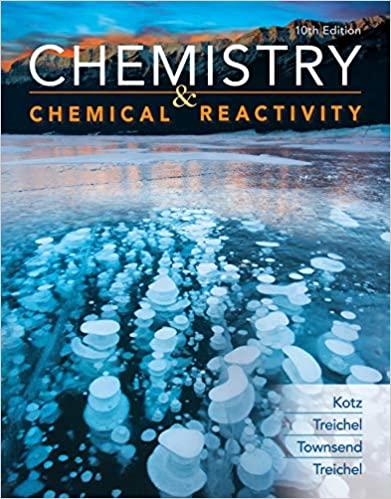Zinc hydroxide is amphoteric (Section 16.10). Use equilibrium constants to show that, given sufficient OH ,
Question:
Zinc hydroxide is amphoteric (Section 16.10). Use equilibrium constants to show that, given sufficient OH−, Zn(OH)2 can dissolve in NaOH.
Data given in Section 16.10
The concept of acid–base behavior advanced by Brønsted and Lowry in the 1920s works well for reactions involving proton transfer. However, a more general acid– base concept was developed by Gilbert N. Lewis in the 1930s (Section 8.2). This concept is based on the sharing of an electron pair between an acid and a base. A Lewis acid is a substance that can accept a pair of electrons from another atom to form a new bond, and a Lewis base is a substance that can donate a pair of electrons to another atom to form a new bond. The product of a Lewis acid–base reaction is called an acid–base adduct.

In Section 8.5, this type of chemical bond was called a coordinate covalent bond. All Brønsted–Lowry acid–base reactions can be characterized as Lewis acid–base reactions. Formation of a hydronium ion from H+ and water, and the formation of the ammonium ion from H+ and ammonia, illustrate how a Brønsted–Lowry acid– base reaction can be described as a Lewis acid–base reaction.
The H+ ion has no electrons in its valence (1s) shell, and the water molecule has two unshared pairs of electrons (located in sp3 hybrid orbitals). One of the lone pairs of a water molecule oxygen atom can be shared with an H+ ion, thus forming an O—H bond in an H3O+ ion. A similar interaction occurs between H+ and the nitrogen lone pair on ammonia to form the ammonium ion.
Step by Step Answer:

Chemistry And Chemical Reactivity
ISBN: 9780357001172
10th Edition
Authors: John C. Kotz, Paul M. Treichel, John Townsend, David Treichel





